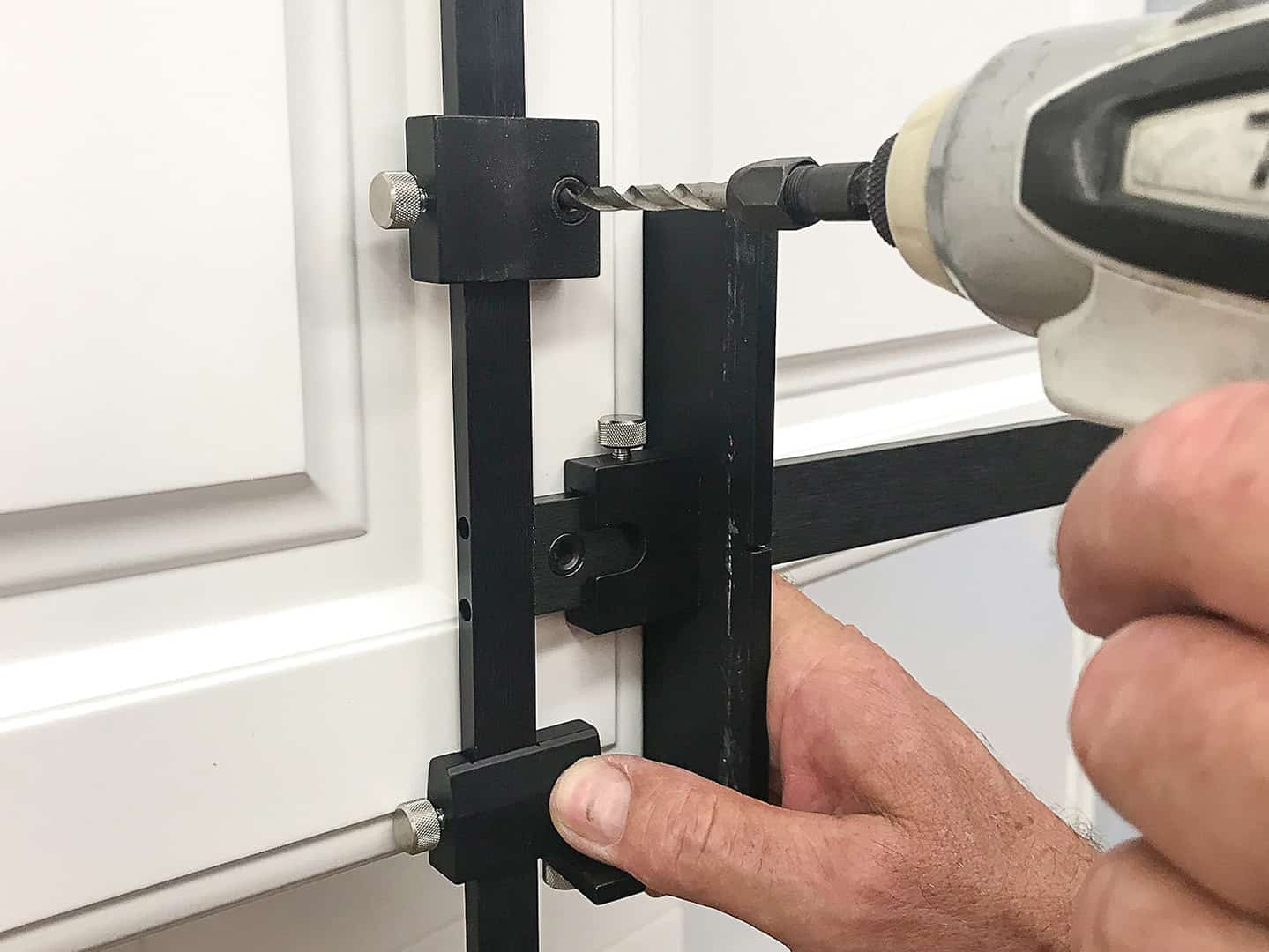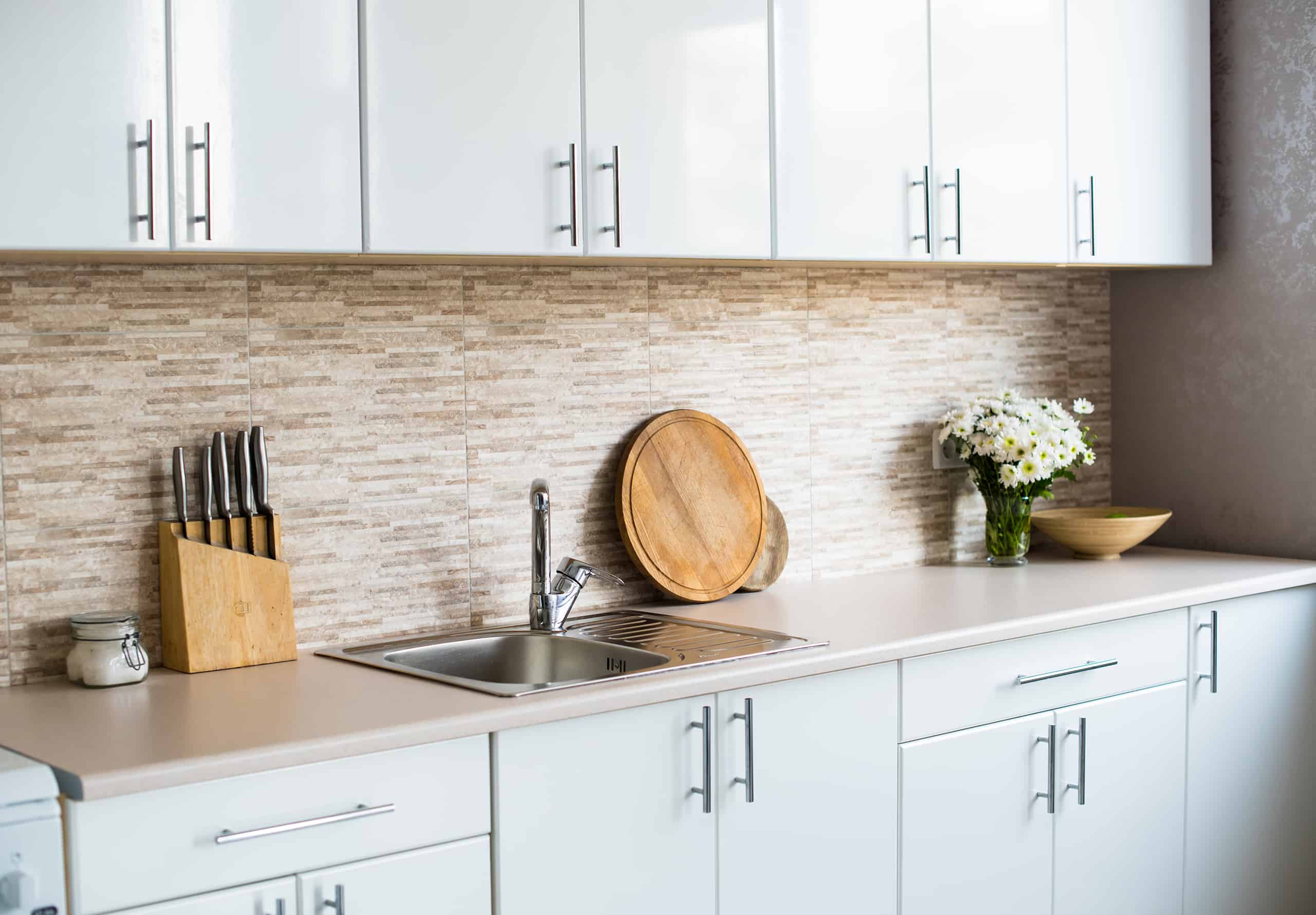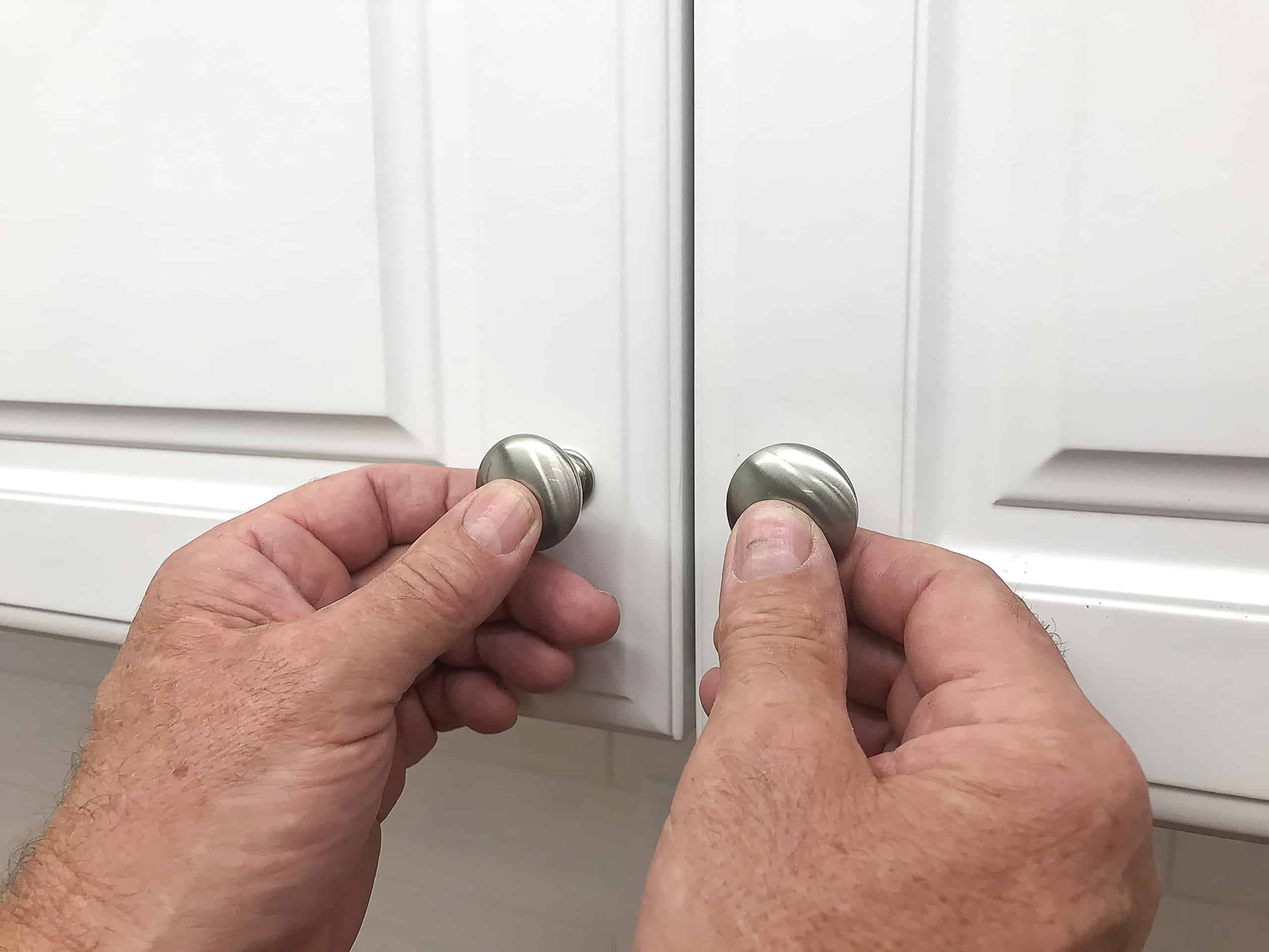Choosing the Right Cabinet Door Handles

Selecting the perfect cabinet hardware can dramatically elevate your kitchen or bathroom’s aesthetic appeal. The right handles not only enhance functionality but also contribute significantly to the overall design. Choosing wisely involves considering style, material, size, and placement.
Cabinet Handle Styles and Suitability
Cabinet handles come in a variety of styles, each best suited for different cabinet types and design aesthetics. Knobs are classic and space-saving, ideal for smaller cabinets and drawers. They offer a simple, traditional look and are easy to grasp. Pulls, on the other hand, provide a more substantial grip, especially beneficial for larger, heavier doors or drawers. They are available in countless designs, from sleek and minimalist to ornate and decorative. Bar handles offer a modern, streamlined look and are particularly well-suited for contemporary kitchens. Their length provides ample leverage for easy opening, even with full drawers.
Cabinet Handle Materials and Their Properties
The material of your cabinet handles influences both their durability and aesthetic appeal. Brass handles offer a luxurious, timeless look, developing a rich patina over time. However, they require more regular cleaning and can be more expensive. Stainless steel handles are highly durable, resistant to corrosion and scratches, and are relatively easy to maintain. They are a popular choice for modern and contemporary kitchens. Ceramic handles offer a unique, often handcrafted look and can add a touch of elegance or whimsy. They are typically more fragile than metal handles and require careful handling.
Cabinet Handle Selection Table
The following table summarizes the key characteristics of different handle types and materials to aid in your selection process.
| Style | Material | Installation Difficulty | Price Range |
|---|---|---|---|
| Knobs | Brass | Easy | $5 – $50+ per handle |
| Pulls | Stainless Steel | Easy to Moderate | $10 – $75+ per handle |
| Bar Handles | Ceramic | Moderate | $20 – $100+ per handle |
| Knobs | Stainless Steel | Easy | $5 – $30+ per handle |
| Pulls | Ceramic | Moderate | $15 – $80+ per handle |
| Bar Handles | Brass | Moderate | $30 – $150+ per handle |
Note: Price ranges are estimates and can vary based on brand, design, and retailer.
Handle Size and Placement Considerations
Proper handle size and placement are crucial for both aesthetics and functionality. Handles that are too small can be difficult to grip, while those that are too large can look disproportionate on smaller cabinets. As a general guideline, the handle’s length should be roughly 1/3 to 1/2 the width of the cabinet door or drawer. Placement should be considered ergonomically; handles should be placed at a comfortable height and distance for easy access. For example, on a standard kitchen drawer, the pull should be centrally located and within easy reach. Larger, taller cabinets might benefit from handles placed slightly higher. Consider the overall design of your cabinets and choose handle sizes and placements that complement the style and enhance usability.
Tools and Materials Needed for Installation: How To Install Cabinet Door Handles

So, you’ve chosen your gorgeous new cabinet handles – fantastic! Now, let’s get down to the nitty-gritty of actually installing them. Having the right tools and materials on hand will make the whole process smoother and less stressful, trust me. A little preparation goes a long way!
Preparing your workspace and gathering your supplies beforehand is key to a successful installation. This ensures a smooth and efficient process, minimizing frustration and maximizing your satisfaction. Think of it as staging a play – you wouldn’t start without your props, would you?
Necessary Tools
The tools you’ll need are pretty standard, likely already residing in your toolbox. However, having them all readily available saves precious time and prevents mid-project scrambles. A well-equipped workspace is a happy workspace!
- Phillips head screwdriver (magnetic tip is highly recommended)
- Flathead screwdriver (if your handles require it)
- Drill with appropriate drill bits (matching the screw size)
- Measuring tape
- Level
- Pencil
Necessary Materials, How to install cabinet door handles
Gathering the right materials is just as crucial as having the right tools. This section details the essential materials, including quantities where necessary.
- Cabinet handles (obviously!) – Purchase enough sets for all your cabinets.
- Screws (check your handle packaging; often included, but sometimes you’ll need to purchase separately. It’s better to have extras!)
- Wood filler (in a color matching your cabinets – for filling any holes left from previous handles or minor imperfections)
- Paint (matching your cabinets – to touch up after filling holes)
- Painter’s tape (optional, but helpful for precise painting)
Preparing Cabinet Doors for Installation
Before you even think about drilling, take a moment to prep your cabinet doors. This step is often overlooked, but it makes a world of difference in the final result.
First, thoroughly clean the cabinet doors with a damp cloth to remove any dust, grease, or grime. Allow them to dry completely before proceeding. This ensures a clean surface for accurate measurements and a secure handle attachment. Then, carefully inspect the doors for any existing holes from previous hardware. If present, note their location for potential reuse or repair. A clean, dry surface will prevent slipping and ensure precise placement of your new handles.
Measuring and Marking Handle Placement
Accurate measuring is the foundation of a professional-looking installation. Take your time, be precise, and remember – patience is a virtue, especially when dealing with multiple cabinets!
Begin by deciding on the desired height of your handles. Consistency is key for a polished look. Measure from the top or bottom edge of the cabinet door, ensuring the same measurement for each door. Mark this height with your pencil on each door. Then, using your level, create a horizontal line across each door at the marked height. This will serve as your guide for perfectly aligned handles. Next, measure the distance between the mounting holes on your handle. Transfer this measurement to your marked line on the cabinet door, using your pencil to mark the exact placement for each handle. Double-check all your measurements before drilling! Remember, measure twice, drill once!
Step-by-Step Installation Process

Installing cabinet hardware might seem daunting, but with a little patience and the right tools, it’s a manageable DIY project. This guide breaks down the process for various handle types, ensuring a smooth and professional-looking finish. Remember, always check your specific hardware instructions for any unique installation requirements.
How to install cabinet door handles – The process generally involves marking, pre-drilling (usually), attaching the mounting plate, and finally, attaching the handle itself. The exact steps might vary slightly depending on whether you’re installing knobs, pulls, or bar handles, but the core principles remain the same. Accurate measurements and careful drilling are key to a successful installation.
Installing Knobs
Knobs are among the simplest cabinet hardware to install. They typically use a single screw to secure them to the cabinet door. The process is straightforward and requires minimal tools.
- Locate the mounting position: Hold the knob against the door to determine the ideal placement. Mark the center point with a pencil.
- Pre-drill a pilot hole (if necessary): Some knobs require a pilot hole to prevent the wood from splitting. Use a drill bit slightly smaller than the screw diameter. If the knob’s instructions don’t specify pre-drilling, it’s generally safe to skip this step.
- Attach the knob: Align the knob with the marked center point and carefully screw it in place. Tighten the screw firmly, but avoid over-tightening, which could damage the wood or the knob itself.
Installing Pulls
Pulls, unlike knobs, usually have two mounting holes. This requires slightly more precision during installation to ensure the pull is perfectly aligned and centered.
- Mark the mounting holes: Hold the pull against the cabinet door and mark the location of each mounting hole with a pencil. Ensure the pull is level and centered.
- Pre-drill pilot holes: Pre-drilling is highly recommended for pulls to prevent wood splitting. Use a drill bit slightly smaller than the screw diameter for each hole.
- Attach the pull: Align the pull with the marked holes and carefully insert the screws. Tighten the screws firmly, but avoid over-tightening.
Installing Bar Handles
Bar handles present a slightly different challenge due to their length and the need for accurate placement of two or more mounting points. Precise marking is crucial to ensure the handle is level and straight.
- Measure and mark: Carefully measure the distance between the mounting holes on the bar handle. Transfer these measurements to the cabinet door, ensuring the handle is level and centered.
- Pre-drill pilot holes: Pre-drilling is essential for bar handles to prevent wood splitting. Use a drill bit slightly smaller than the screw diameter for each hole.
- Attach the bar handle: Align the handle with the marked holes and carefully insert the screws. Tighten the screws firmly, but avoid over-tightening. Check for levelness and adjust if needed before fully tightening.
